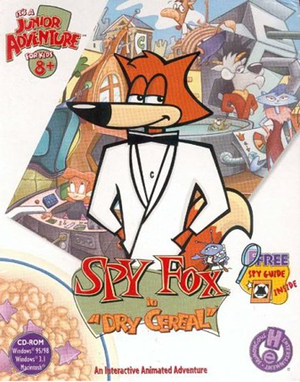“We are not perfect, because we haven’t had the time to be perfect.”
Kieron I’m afraid you aren’t alone, that one statement can be applied to everything and everyone. It will also be true forever. When you think about it, the word “perfect” is a strange one and the concept of perfection is something that plagues humanity on a worldwide scale and an individual scale. The concept in its own definition is proved to be... impossible to put it simply. Google’s dictionary defines it as “Free from any flaw or defect in condition or quality; faultless”. Nothing is “free from any flaw” we can learn to love flaws or learn to accept flaws to create an almost perfect perception of something but nevertheless the flaws still exist. And I touched on my next point here too “perception”, perception is all we actually have (very philosophical I know but when you think about it enough this what you get to) we can only work things out based on how our brain, with all its memories and preconceptions, perceives things. After realising this it is easy to understand that game journalism is “corrupt, lazy and...fundamentally stupid” so is everyone and every industry compared to another person or industry or compared to the concept of perfection.
Having gone through my philosophical points on this topic I want to get back to “we haven’t had the time to be perfect”. The entire media as a whole is rushed, incomplete and “corrupt”; by “corrupt” I don’t necessarily mean bought up and running on bribes. I mean being swayed by personal or cultural views which every piece of media is whether by the journalist themselves or by the expectation of a certain publication. The concept that one could write a review on a game that would both be interesting enough for every single potential consumer to want to read thus making money and be completely objective and factual is just as farfetched as the concept of “perfection”. The scoring system put along side these reviews is just as far fetched and essentially pointless, all it means is the marketers have something to put at the beginning or end of their game trailers. The marketers after all simply pick and choose which reviews they will quote and for viewing alongside the article all it does is make a really simple conclusion that means nothing but can be understood more easily, opposed to a written conclusion which involves reading more than 3 numbers. Can you assess the "Mona Lisa" out of 10? I don’t mean to be a snotty ideological teenager or a boring pessimist, I feel that reality and looking, observing and thinking rationally and clearly about the reality of the world/culture we live in leads to an understanding that. Granted, reality is different for every single person on the planet but nevertheless there are certain truths that exist with the way our culture is. My hope is that by observing and thinking rationally we can cease this obsession of thinking that we need to reach perfection, an idea which can more often than not end up making the only life we lead a miserable one. At the end of the day I would prefer journalism to accept that everything they say is subjective to a degree and often a larger degree than desired.
Games are reviewed or talked about by such a range of people nowadays and all these thoughts are very accessible on the internet its almost like the art world but if the GCSE students art essays were available in the same place as the world famous art critic’s essays. Talking of art critics its interesting to see what an art critic thinks of games an article here is a simple idea of how an art critic can infact start looking and reviewing games in a different way to what we are used to.
I would like to mention now that Kieron Gillen’s essay here is essentially entirely common sense, everything he says in there you could work out yourself if you just took the time to think about it. Now, over 7 years after Kieron’s essays about games journalism were written, games journalism seems to have improved and is less “fundamentally stupid” than then but people may still see it as an industry full of “fundamentally stupid” people, that is for each individual to decide but there can always be improvements.
























.jpg)








